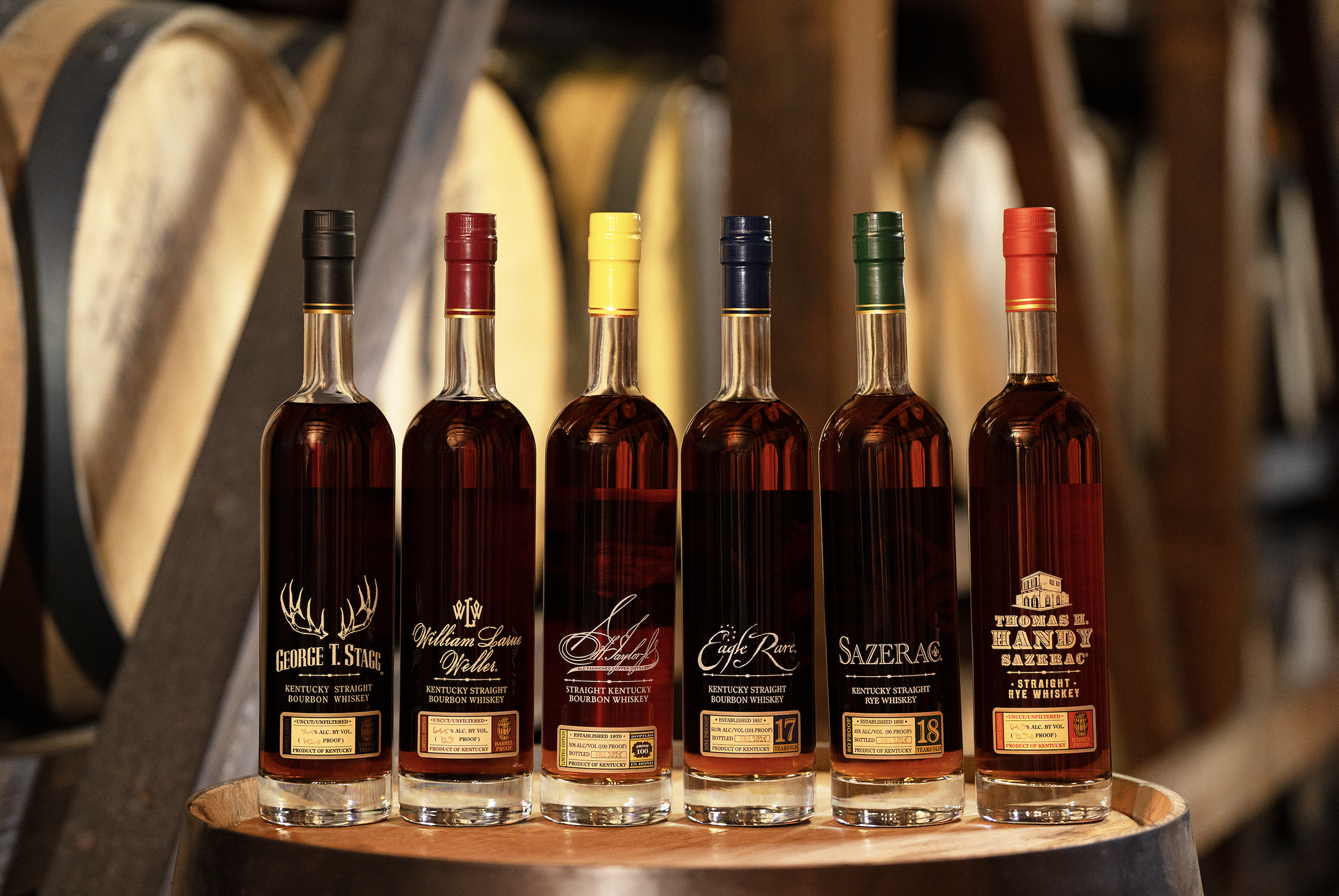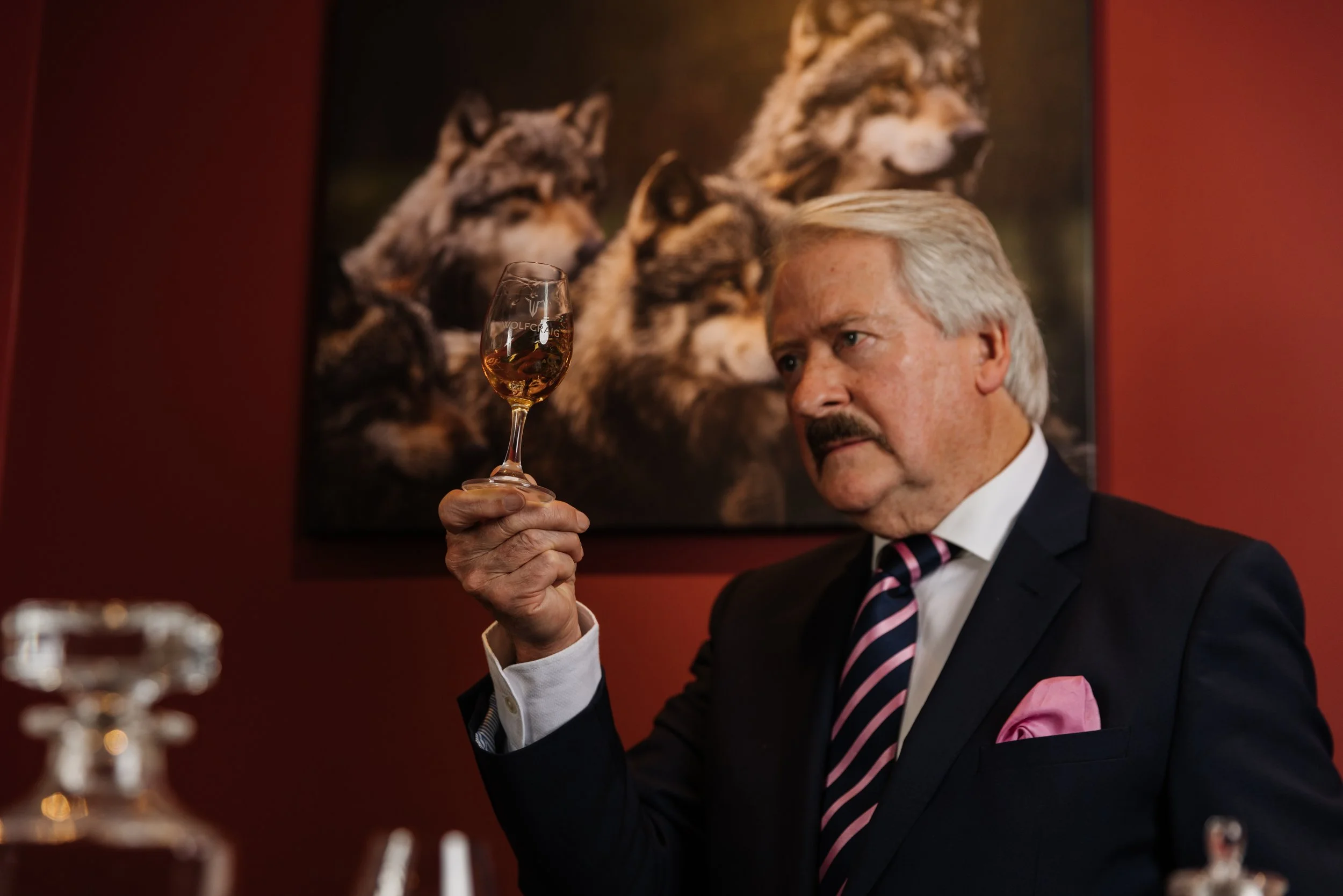Barley’s Hall of Whisky Fame: Jane MacGregor
Littlemill legend: An artist’s impression of head distiller Jane MacGregor
In a new occasional series we salute the remarkable men and women, past and present, who have driven change and done outstanding work that stands the test of time. By Gordon Thomson
Jane MacGregor might not be a household name in whisky circles, but by rights she should be. You’ve almost certainly never heard of her. But a magnificent new 47 Year Old release from Littlemill distillery dedicated to her pioneering zeal sets out to put all that right (and we’ll get back to that very special bottle in a bit).
MacGregor is, indisputably, one of the most talented, pioneering and successful women to have ever worked in the industry, her story largely forgotten or at least extremely well hidden until whisky writer Dave Broom and historian Arthur Motley started nosing about in the archives.
Broom and Motley, the man behind The Dormant Whisky Company, brought MacGregor’s stirring story out from the dusty gloom and onto the airwaves when she featured on an episode of their podcast Liquid Antiquarian called Hidden Women: Female Pioneers of Scotch Whisky.
So what do we know about Jane MacGregor?
Well, we’re certain now that she became the distillery manager of Littlemill (founded in 1772 in Bowling, West Dunbartonshire) in 1823, the same year as the Excise Act came into force. This in itself was a pretty remarkable feat at a time when it was almost unheard of for a woman to be granted permission to run her own business, let alone take the reins of operations in the almost exclusively male domain of whisky.
‘Littlemill thrived during a period when other distilleries were own their knees and it was from Jane – with marketing sass, management clout, as well as distilling expertise – that it all flowed’
MacGregor was likely newly widowed at the time and probably inherited the role of distillery boss after her husband Peter’s death. Records suggest she engaged her children to help ensure a smooth continuation. From there, she assumed control and started growing the business, increasing sales, doubling production to 50,000 gallons at its peak and making Littlemill an indefatigable success story amid the pervasive gloom of the time. Under her leadership, Littlemill secured relationships with distributors and agents to ensure their whisky was sold throughout the UK.
River of drams: An aerial shot of Littemill with cargo boats on the Clyde during its heyday
Littlemill thrived during a period when other distilleries were own their knees and it was from Jane – with marketing sass, management clout, as well as great distilling expertise – that it all flowed.
“There was a whole host of Lowland whiskies beginning to emerge in the 1820s, not all of them survived, but Littlemill did,” explains Dave Broom of the ailing whisky landscape of the time. “That says to me that the quality of the spirit must have been great and the business must have been run in an extremely good way… Jane was in charge of the business side of everything, ensuring Littlemill was of the right quality and actually was able to be sold on the market and further afield.”
‘The Vanguards whisky made for Jane is extraordinary, with notes of elderflower, summer hedgerow, honey, apples, honeysuckle, and spices’
Arthur Motley concurs. “Littlemill continues to grow by some scale while she is running that distillery. She laid some foundations for Littlemill and it had that period of 20 years or so when it thrived. That lay the foundations for the people who came afterwards and means we still have some Littlemill to drink now… Jane MacGregor played a huge part in that.”
MacGregor’s position as a woman in a distillery manager role on that scale was rare at the time, as Millie Milliken, Head of Content at Our Whisky Foundation notes. “Women would certainly have been making whisky [around then], in fact Motley uncovers eight in the podcast episode from 1819-1833, including Agnes Menzies of Dunmore, Elizabeth Phillips of Glenturret, and Margaret Crookshanks of Stromness.
Littlemill prospered for another 150 years. It closed in 1994 before it was lost to a fire in 2004.
Bethany Wood with the Jane MacGregor Vanguards series from Littlemill
During this period of uncertainty, when the future of Scotch whisky looked shaky to say the least, there was a demand for individuals who would not back down from the fight. Who believed in the quality of the whisky they were making and had the vision and drive to ensure an unfaltering path was followed. MacGregor was clearly one of them.
“The Scotch whisky industry needed someone like Jane MacGregor to found these distilleries, to improve the spirit that they made so it became popular,” says Motley, “and by the end of the century it was exported all around the world, so she is part of a great number of people who established the Scotch whisky industry.”
MacGregor stayed at the helm of Little Mill for seventeen years from 1823 until 1840, when the distillery passed into the hands of Hector Henderson. He inherited a healthy business from a custodian who’d run a tight ship with clean books and high quality whisky itemised on their pages.
Glass artist Bethany Wood used tools from MacGregor’s era to create the stoppers
Today, Jane’s enduring legacy is celebrated and revived by other talented individuals. One of them is Michael Henry, master blender of Littlemill owner Loch Lomond Group, and the guardian of the last remaining casks from the distillery which ultimately closed in 1994 and was destroyed in a fire in 2004. The other is glass artist Bethany Wood, who has hand-crafted 250 glass bottle stoppers for a special new release using tools from MacGregor’s era.
Chapter Two in the distillery’s Vanguards series is a 47-year-old whisky named for Jane MacGregor.
Distilled in October 1976, the liquid for this historic whisky was first matured in refill bourbon barrels. It was then re-casked in American oak in 1996, and left to age for a further 27 years. The resulting whisky is extraordinary, with notes of elderflower, summer hedgerow, honey, apples, honeysuckle, and spices.
“Between Littlemill’s founding and its lamentable closure, a remarkable story of innovation took place,” says Henry. “By far the most fascinating part is the stories of the people who we know were quietly overturning traditions, shaping the distillery for what it would become.
“A story of that measure requires a whisky of remarkable quality, so it is fitting that now is the time we release our oldest aged statement to date. Like any whisky of this age, it takes time, patience, and careful monitoring to know when the moment has come to release it. I was inspired by my predecessors and their innovations which shaped Littlemill’s character. With them always in mind, we have crafted a dram full of classic Littlemill delicate, summer-like notes.”
‘Being a female in a traditional trade, I was inspired by Jane’s story and the ceilings she broke through for her era’
Each bottle released will come with one of the bespoke stoppers created by Bethany Wood, which incorporate metallic coloured inspired by copper stills and Scottish waters.
“There are so many wonderful parallels between our two crafts,” says Wood. “Steeped in tradition, I see glassmaking as a performance that has been very carefully planned – whisky has the same requirements in artistry, precision and patience…
“Being a female in a traditional trade, I was inspired by Jane’s story and the ceilings she broke through for her era. This paired with a new affection for Scotland’s west coast and all its beauty provided me with the vision to craft these beautiful stoppers which will make a wonderful addition to this truly incredible whisky release.”
The liquid is housed within a Glencairn Crystal decanter with delicate cuts. Each cabinet also houses a branded 50ml miniature and a hardback book of the Littlemill story.
It’s a story which might not have been told if not for the fortitude and skill of Jane MacGregor.
Bottled at cask strength of 44.9% ABV and natural colour, only 250 individually numbered bottles are available worldwide, priced at £14,500. Vanguard Chapter Two will be available for purchase via enquiry through the Littlemill website and other specialist retailers. For further information visit www.littlemilldistillery.com.








